The RI School Districts with the Most Absentee Teachers
Thursday, September 03, 2015
Nearly half of all Rhode Island public school teachers missed 10 or more days of school in the 2011 to 2012 school year with those in Woonsocket, Smithfield, Providence, and Bristol-Warren districts topping the list, according to the most recently available data from the U.S. Department of Education.
Woonsocket was near the top, with about 407 out of 5,897 teachers, or 70 percent taking 10 days or more off for sickness or personal reasons. In Providence, 63.3 percent of teachers were out 10 or more days—equivalent to at least 5 percent of an 180-day school year.
Though urban districts were among those with the highest rates, there are a number of suburban districts as well. They included Smithfield at a 65.7 percent absentee rate, Middletown at 69.3 percent, and Bristol-Warren at 56.9 percent.
GET THE LATEST BREAKING NEWS HERE -- SIGN UP FOR GOLOCAL FREE DAILY EBLASTOfficially, districts were supposed to exclude professional development days, field trips, and other off-campus activities from the data they submitted to the Office of Civil Rights, which manages the data for the U.S. Department of Education. But one school official in Smithfield said her district was among a handful that say professional days were inadvertently included in the data they submitted to federal authorities.
Absentee teachers impact educational environment
Teacher absences have a measurable impact on student learning, according to education experts.
“There’s no question that it is has an impact,” said Joseph Crowley, the executive director of the Rhode Island Association of School Principals and member of a special Rhode Island Department of Education task force that has been looking into the issue. “It’s much better that the teacher is there. It’s much better that the teacher is there than the substitute.”
For example, every 10 absences have a demonstrable impact on student math achievement. The drop in performance is comparable to the difference in scores one would see in a classroom with an experienced teacher and one who is a novice, according to Annette Konoske-Graf, a Policy Analyst for Education at the Center for American Progress, which published a paper on the impact of teacher absences in November 2012.
“Teachers are the most important school-based determinant of students’ academic success,” Konoske-Graf said. “Teacher absence, therefore, negatively affects student learning. ...It is essential for school districts to minimize teacher absence; students miss out on valuable learning every day that their routine is upended and their teacher is absent.”
And it is minority students and those from low-income households in urban school districts that suffer the most. Just over 59 percent of teachers were absent more than 10 days in city schools in Rhode Island, compared to a statewide average of 40.6 percent—several points above the national average of 36 percent. For schools with most students from low-income households, 54.8 percent were absent more than 10 days. For schools with the highest minority populations, the rate was 52.8 percent.
“Minimizing teacher absence can help close the achievement gap and ensure greater equity for all students. Currently, students in schools serving high proportions of African American or Latino students are disproportionately exposed to teacher absence,” Konoske-Graf said.
Why urban districts?
There is a wide range of theories on why absenteeism in urban school districts serving low-income and minority populations is higher.
One factor could be the financial troubles that have rocked districts like Central Falls, Woonsocket, and Providence. When school committees lack money to offer raises, they provide additional benefits, such as additional permitted sick days or personal leave days, according to Crowley.
Financial struggles could affect teacher absenteeism in others ways as well, according to Konoske-Graf. “In schools in low-income communities, in which resources are often limited, teachers may be less likely to receive support that would encourage them to limit their absences,” she said.
The psychological toll from those struggles may further drive up absentee rates, according to Jeff Partington, the president of the Woonsocket Teachers Guild. He noted that all teachers were laid off at one point after the state-appointed budget commission took over—in the same year that Woonsocket had a reported absentee rate of 70 percent.
Financial hardship can couple with other factors to also increase teacher absences. Crowley noted that families in urban districts tend to send their children to school even if they are sick more often than in more affluent districts. “The parents don’t have child care. The school is child care,” Crowley said.
Sick kids, combined with older buildings that have not been fully maintained can turn schools into “giant petri dishes”—especially in urban districts, according to Frank Flynn, the president of the Rhode Island Federation of Teachers and Health Professionals, which represents many of the teachers in the state’s urban center. “We have older buildings. That’s certainly a factor,” Flynn said.
The domino effect of budget constraints could result in older teacher populations that need to take more sick days, especially for long-term illnesses, according to Partington.
One possible explanation that is being discounted: teacher abuse of sick and personal days.
“Are there individual cases of abuse? I’m sure there are because in any large organization there will be a few. Is it widespread? No it’s not. I think it’s an infinitesimal problem,” Partington said.
The typical teachers contract in Rhode Island permits up to three personal days, according to Crowley. But when it comes to sick days, he said districts run the gamut. Flynn said a typical district might allow 10 to 15 sick days.
Local officials criticize national data
After the latest national reports emerged on teacher absences, then-Education Commissioner Deborah Gist formed a task force earlier this year to investigate the matter. The task force includes two teacher union representatives, the state superintendents association, the principals association, and RIDE staff, according to department spokesman Elliot Krieger.
Among its first tasks: finding accurate data, after local and state officials have raised questions about the accuracy of the federal figures.
For example, the federal database shows that 65.7 percent of Smithfield teachers were absent in the year surveyed.
A local school official told GoLocalProv that those figures appear higher than they should be because they include professional development days.
“Teacher absences in Smithfield are reported in a system called AESOP. Whether a teacher is absent for personal reasons or to participate in professional development, the teacher requests a substitute through this system. While the system does allow us to select the type of absence, when pulling various reports, the absence types are not disaggregated. It is my belief that this is the reason teacher absences in Smithfield appeared to be excessive,” said Assistant Superintendent Bridget Morisseau.
She said the district is in the process of revising the data to calculate a more accurate estimate of absences, but that estimate was not available in time for publication.
However, professional development days are still time away from students. Morisseau was asked if professional development are skewing numbers so significantly whether the district may be permitting too many of them. She said it isn't.
“The district has three professional development days each year that are contractual and held on days when school is not in session. With regard to the professional development that takes place on days when school is in session, the district makes every effort to keep the number of days to a minimum,” Morisseau said.
A school official in Foster-Glocester offered a similar explanation for why her district was originally reported at the top of the list as having 90 percent of teachers absent 10 or more days. The official noted that even field trips, curriculum writing days, and in-school special education meetings were included.
“Because we submitted all absences the OCR report contains absences for Foster-Glocester that other districts did not report. As a result, when compared to other districts, the reported data inaccurately reflects the number of absences in our district,” said Alicia Pinto, the data manager for the district.
But why did the district submit inflated numbers? Pinto said the directions from federal authorities were not “as clear as they could have been.” She also cited staff inexperience as a factor. She said the district did not recognize the numbers had been inflated until they were published by federal authorities.
Pinto was able to offer a revised estimate to GoLocalProv in time for publication. Using the new figures, the absentee rate drops from 90 percent to 35.3 percent.
Flynn and Partington also questioned whether the inclusion of long-term absences for sickness or maternity leave might be skewing the numbers for an entire district.
On a national level, however, Konoske-Graf expressed more confidence in the data. “The inclusion of teacher absence on the Office for Civil Rights’ Civil Rights Data Collection Survey provides researchers and policy makers an opportunity to identify policies to minimize the number of teachers who are absent from the classroom,” she said.
Some districts get good marks
Not all districts are ruing their absentee rates.
Out of 36 public school districts, in 16 of them less than a third of teachers were absent 10 or more days, though some of those districts were pretty close to the line.
In North Smithfield, just 8 percent of teachers were absent 10 or more days in the 2013 to 2014 school year, based on updated figures the district was able to provide. Superintendent Stephen Lindberg said he was happy with those numbers.
“I think our teachers’ attendance is really strong. I don’t feel like there is abuse here at all. Our teachers take attendance seriously,” Lindberg said.
Related Slideshow: Teacher Absences in RI
The below slides show how many teachers were absent for more than 10 days in the 2011 to 2012 school year, using the most recently available data from the Office of Civil Rights in the U.S. Department of Education. The number of teachers and absences are measured in terms of full-time equivalents (FTEs). That means, for example, that two part-time teachers would amount to one FTE. The Department of Education used the same method to calculate absences. The department’s definition of absences does not include absences for professional development. Districts are ordered from lowest to highest absentee rates.
Related Articles
- Chronic Absenteeism Plagues Urban High Schools
- Over 7,800 Providence Students Were ‘Chronically Absent’ Last Year
- Providence Schools in Crisis: 37% of Students are ‘Chronically Absent’
- Julia Steiny: Providence Absenteeism Creates Tons of Problems
- PODCAST: One Third of Providence Teachers ‘Chronically Absent’
- Providence—One Third of Teachers ‘Chronically Absent’
- Julia Steiny: Time to Address Chronic Absenteeism
- Chronic Absenteeism in Schools: Top Stories in RI in 2012
- The RI High Schools with the Most Absentee Students
- Chronic Absenteeism: How Does Your Local High School Compare?
- PODCAST: The RI High Schools with the Most Absentee Students
- It’s All About Education: Chronic Absenteeism’s Effect on Learning
- Report: RI Teacher Absenteeism Worst in America
- Absentee Teachers: See Which RI Districts Have the Most










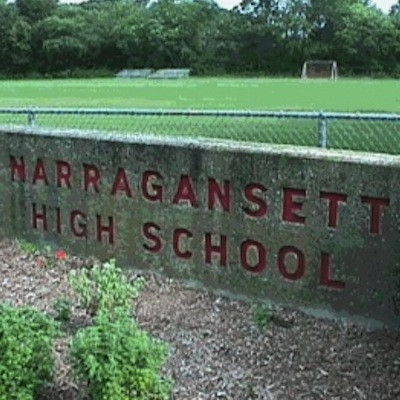

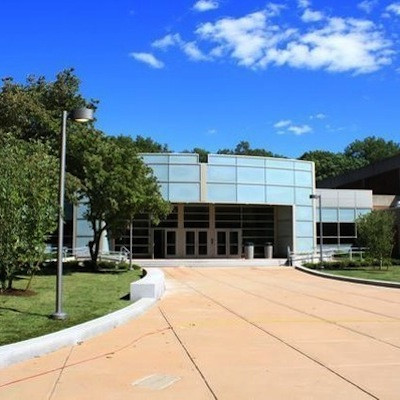


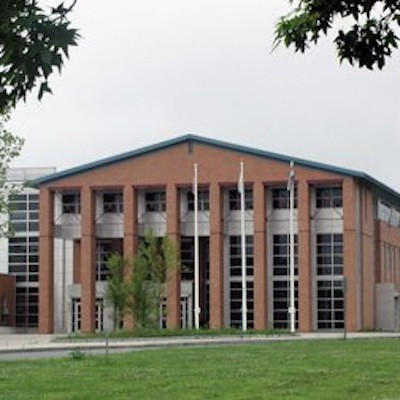

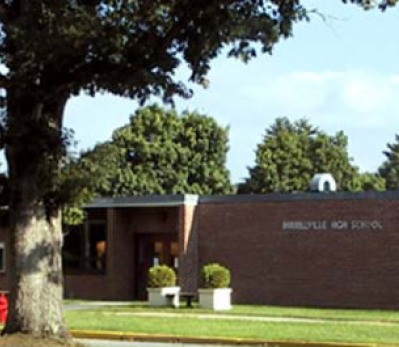





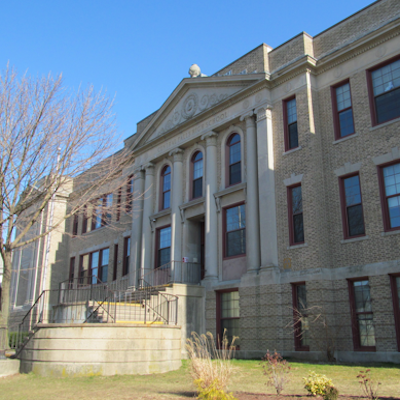




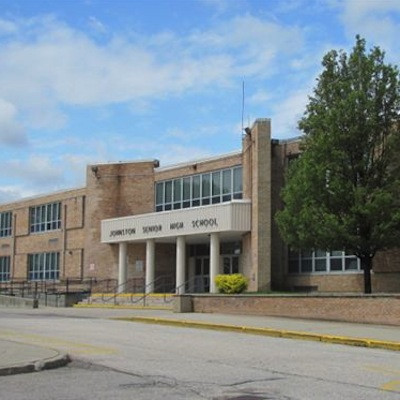
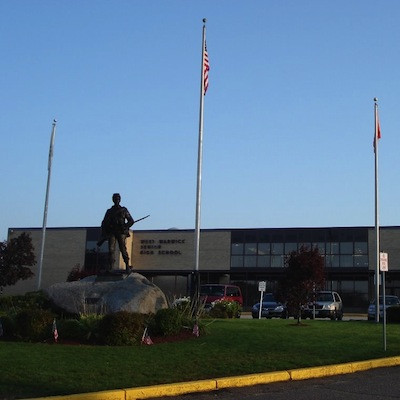
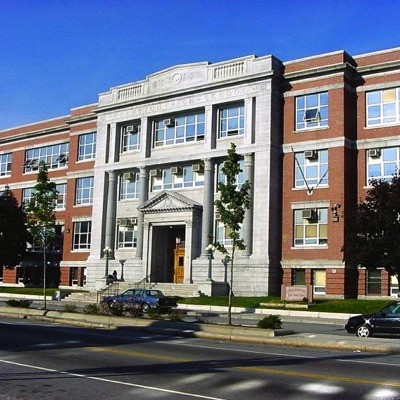





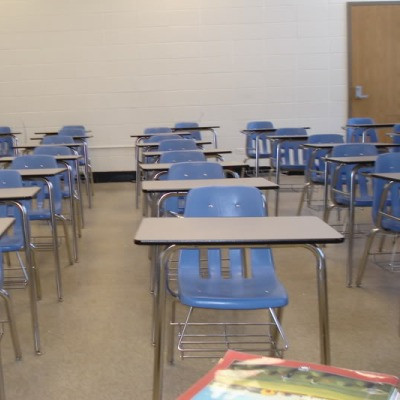
_400_400_90.jpg)



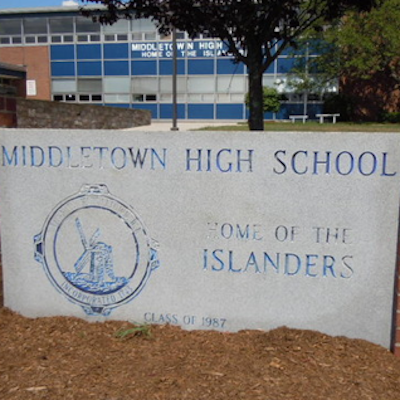































_80_80_90_c1.jpg)






